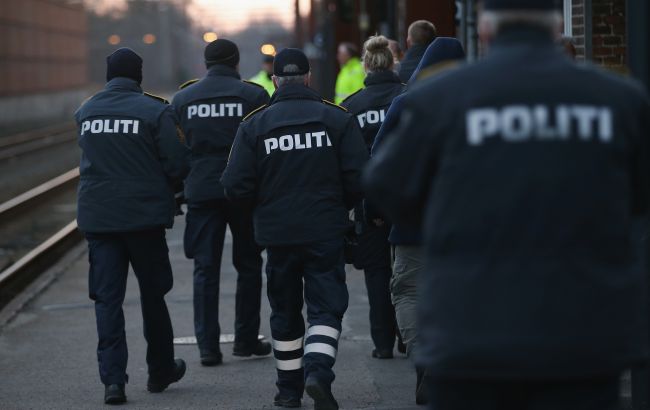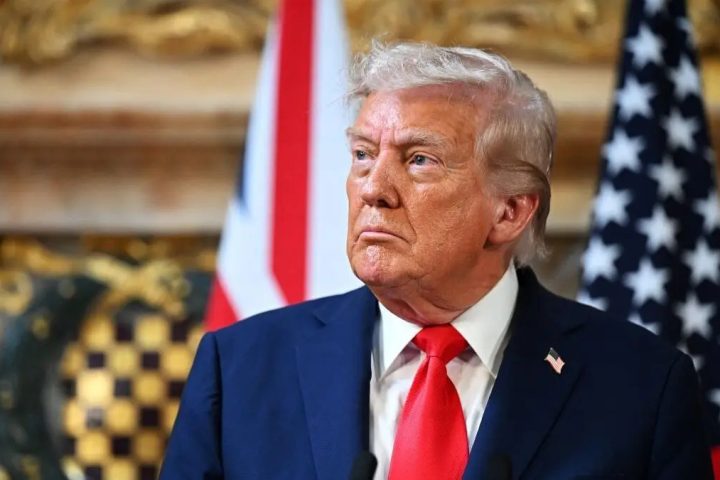Russia and its shadow fleet.
After the imposition of Western sanctions, shipping oil by sea became more expensive for Moscow. But instead of reducing exports, Russia assembled its own “shadow fleet” of old tankers.
S&P researchers calculated that at the beginning of the year, there were approximately 940 such vessels. That’s roughly one in six oil tankers worldwide. Over the past year, their number has almost halved.
Many ships fly foreign flags, sail without insurance, and conceal their routes. The average age is about twenty years. By comparison, a conventional fleet is 13 years old. Environmentalists say this poses a direct risk of spills and accidents.
The West is trying to enforce sanctions. The EU has blacklisted hundreds of such vessels, and the US and its allies are doing the same. But Russia is adding new ships, and the game continues.
Experts say it’s impossible to completely stop the scheme. But inaction is also unacceptable—the risk of an underground economy and environmental disasters is too great.
The United States will assist Poland if Russia escalates pressure, President Donald Trump said. He added that the pledge also covers the Baltic states.
Asked whether Washington is prepared to defend its allies, Trump replied: “I will do it.”

















